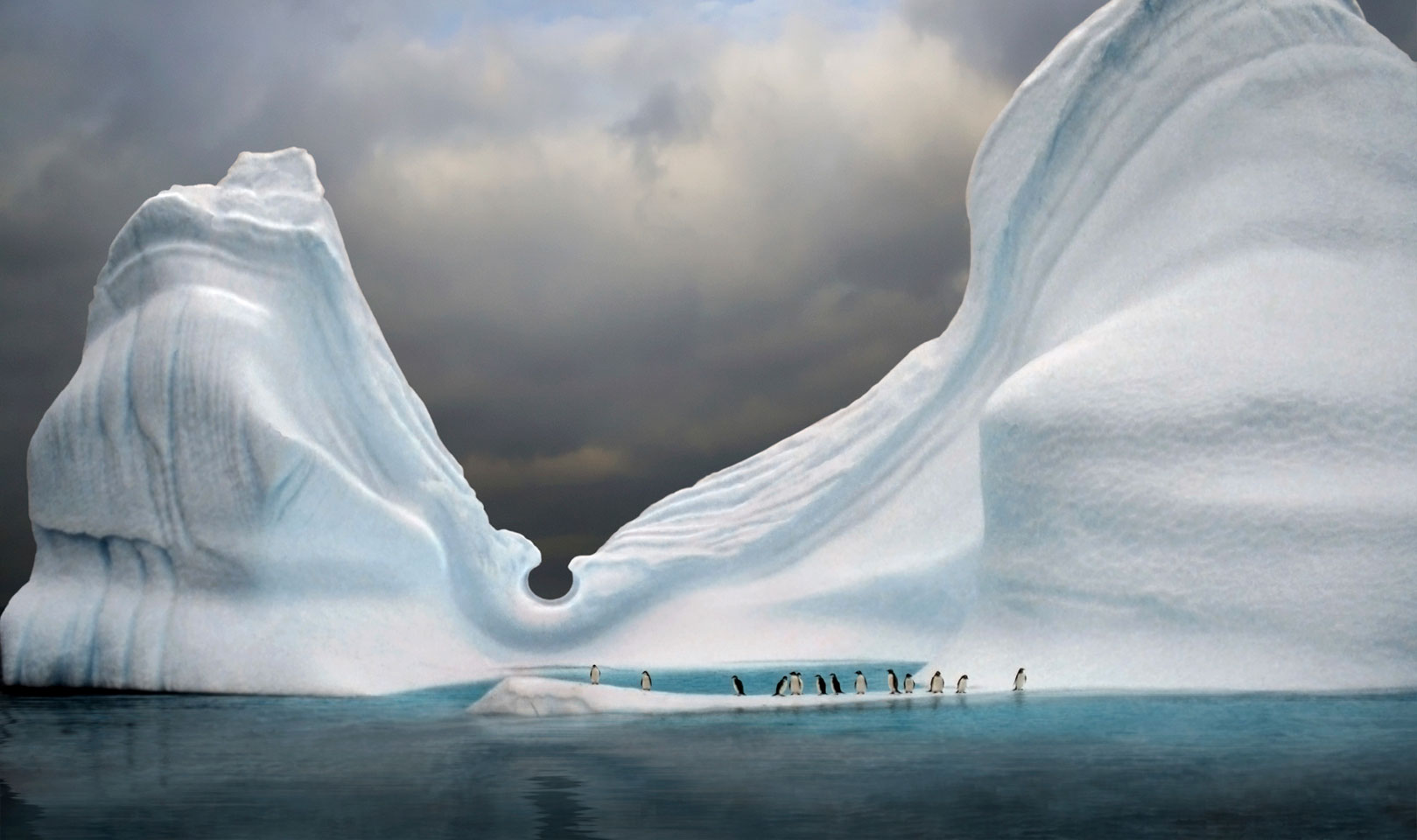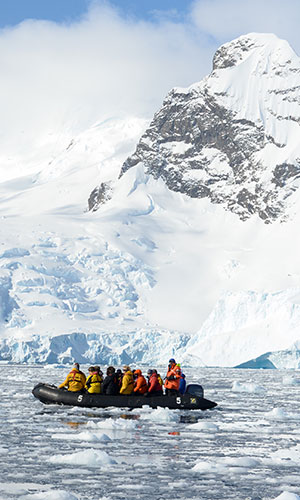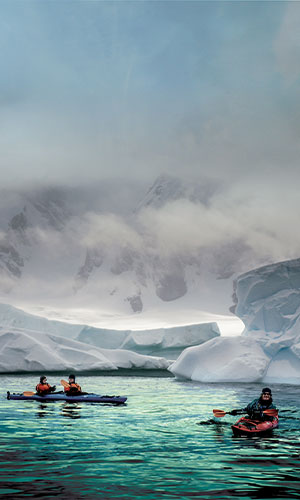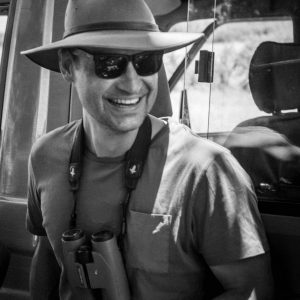Trip Inspiration
Previous Expeditions


Often described as a continent of superlatives, Antarctica is the world’s southernmost continent. It is also the world’s highest, driest, windiest, coldest, and iciest continent. Antarctica is about 5.5 million square miles (14.2 million square km) in size, and thick ice covers about 98 percent of the land.
The Antarctic Peninsula, along which this expedition travels, is the northernmost part of the mainland of Antarctica. On the surface, it is the biggest, most prominent peninsula in Antarctica as it extends north 1,300 km (810 miles) from the mainland to within 1,000km (620 miles) of the southernmost tip of South America on the far side of the Drake Passage. Beneath the ice sheet which covers it, the Antarctic Peninsula consists of a string of bedrock islands; these are separated by deep channels whose bottoms lie at depths considerably below current sea level. They are joined together by a grounded ice sheet.
Despite the icy conditions Antarctica is home to a rich diversity of wildlife including multiple penguin species and a variety of seabirds, seals and fur seals, 15 species of whale (including blue whale), dolphins and Orca’s.
Photography

Wildlife

Birding
Hiking
Kayaking

Zodiac boats

History

This expedition begins on the southern coastline of Tierra del Fuego and overlooking the Beagle Channel, in Ushuaia, Argentina. You will have a full day to unwind and explore the surroundings before boarding the expedition vessel MS Seaventure. The legendary journey across the Drake Passage follows, before sighting and accessing the bays of the South Shetland islands.
The expedition will move amongst the islands, exploring picturesque bays and historical harbours, manoeuvring through majestic channels as we travel the wildlife-rich waters.
Using zodiacs we’ll make landfall at points of interest and stop and explore several active scientific bases, as we view and photograph the birdlife, numerous species of penguins, seals and whales along the rugged coastline.
Our return journey takes us back across the Drake Passage and to Ushuaia to connect with our homeward or onward journey.
The March period during which we’ll lead this expedition is prime hunting time for Orca’s and leopard seals as the newborn penguins and seal pups enter the waters for the first time. These predators are regularly sighted as they patrol the coast in search of their prey.
March also offers excellent opportunities for landing sites on the ice shelf, places that were mostly inaccessible earlier in the season due to ice blocking the routes.
For keen photographers March is amongst the best time to visit Antarctica, offering perhaps the best sunrises and sunsets of the season. As the sun comes down and lowers its angle, it provides an amazing canvas for marvellous photos of the landscapes and ice bergs which reflect an array of colours.
“At a time when it's possible for thirty people to stand on the top of Everest in one day, Antarctica still remains a remote, lonely and desolate continent. A place where it's possible to see the splendors and immensities of the natural world at its most dramatic and, what's more, witness them almost exactly as they were, long, long before human beings ever arrived on the surface of this planet. Long may it remain so.
”
David Attenborough

“The Antarctic is an experience where the Rime of the Ancient Mariner meets Pixar wildlife. This is an adventure every nature lover and explorer has to do.”
“The thing that is most beautiful about Antarctica for me is the light. It’s like no other light on Earth, because the air is so free of impurities. You get drugged by it, like when you listen to one of your favorite songs. The light there is a mood-enhancing substance.” ― Jon Krakauer


Join our mailing list to receive The Expedition Post newsletter

